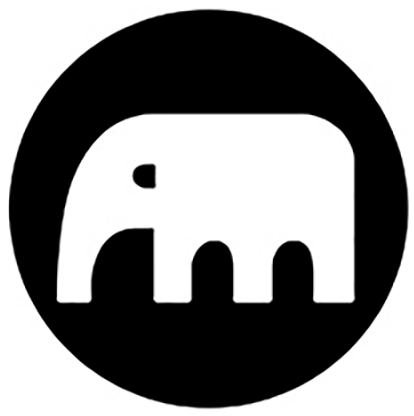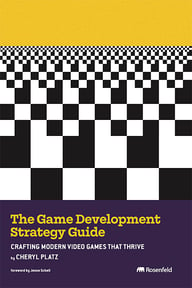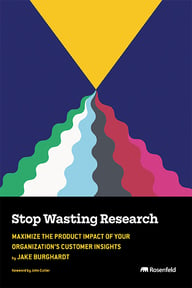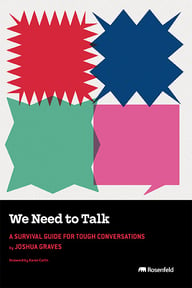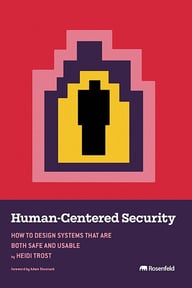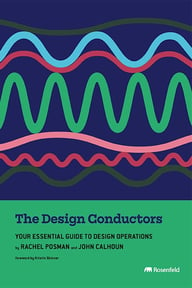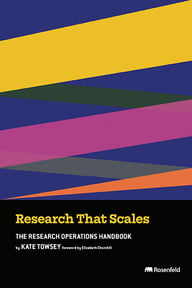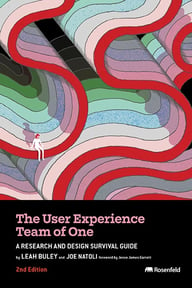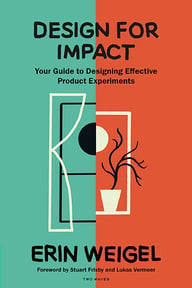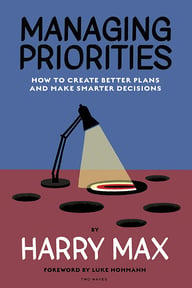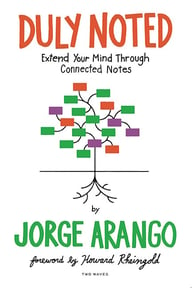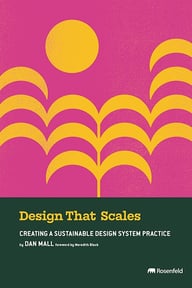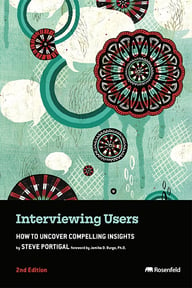Summary
Inclusive design can be aspirational, but how do you translate that into real life Design Operations? You need processes, metrics, and repeatability. In this session, we’ll explore practical ways to embed accessibility into every stage of the product lifecycle, from discovery research with assistive technology users to prototype reviews, AUS benchmarking, and sustainable post-launch practices. You’ll leave with a clear playbook for scaling inclusive design through workflows, training, and culture. Make accessibility a measurable, repeatable part of how your team delivers great products for everyone.
Key Insights
-
•
Inclusive design operations combine design ops efficiency with inclusive design’s focus on all users, especially those often excluded.
-
•
One in six people globally has a disability, representing a $13 trillion economic opportunity.
-
•
Accessibility problems are often addressed too late, making fixes costly and disconnected from lived experiences.
-
•
Testing design systems at the component level early facilitates catching accessibility issues before full builds.
-
•
Inclusive design can be integrated into existing product development processes without needing major overhauls.
-
•
Including people with disabilities in discovery and usability research shapes foundational insights.
-
•
Design annotations during handoff reduce accessibility oversights and improve developer alignment.
-
•
Sharing real user testing clips can effectively overcome developer resistance and build empathy.
-
•
Embedding accessibility questions into research intake forms helps scale and normalize inclusive research.
-
•
Accessibility adoption is a continuous journey requiring multiple conversations, champions, and cultural shifts.
Notable Quotes
"Inclusive design operations bring together efficiency and meaningful design by embedding inclusivity into processes."
"One in six people in the world has a disability, that’s 1.3 billion people, not a niche but mainstream."
"Accessibility often happens too late, as an afterthought, making updates costly and disconnected from lived experience."
"Teams testing components in real-world contexts early can catch issues before products are even built."
"You don’t have to overhaul your process to be inclusive; small changes embedded across stages make a huge difference."
"Adding accessibility questions to intake forms kickstarts the process and makes it scalable."
"Moderated one-on-ones let teams probe deeply without needing massive, complicated studies."
"Design annotations provide clear developer guidance and reduce guesswork during handoff."
"Watching short clips of assistive technology users struggling can create a powerful empathy shift."
"Doing accessibility from the start saves cost by avoiding expensive retrofits and rework later on."
Or choose a question:













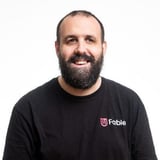


More Videos

"The system always kicks back—the consequences of our actions unfold over time."
Peter MorvilleThe Architecture of Understanding
May 13, 2015

"Vision without execution is hallucination. You must make outcomes tangible and measurable."
Maria GiudiceBecoming a Changemaker by Leading with Design
March 29, 2023

"The trickster role in African storytelling reveals observersities in systems and shows new ways things should be done."
Florence OkoyeAfroFuturism and UX Research
March 27, 2023

"User research is not just collecting feedback; it’s a methodical process to avoid bias."
Anna AvrekhUser Research, Design, and Product - A Love Story
March 11, 2021

"For those of us who are blind, braille is very costly to make, bulky, and slow to read compared to audio."
Samuel ProulxDesigning for Disability, Innovating for Everyone
March 11, 2025

"As a young Black man with long hair entering traditional civic spaces, I had to prove my authority through support from leaders like the mayor."
Justin Entzminger Terrance Smith Tracy M. Colunga Mai-Ling GarciaRisk and Reward: How to Diversify the Field of Civic Innovators and Designers
November 17, 2022

"Self-care after trauma work includes debriefing, therapy, time off, and reconnecting with loved ones."
Uday Gajendar Rachael Dietkus, LCSW Dr. Dawn Emerick Dawn E. Shedrick, LCSWLeading through the long tail of trauma
July 7, 2022

"The Step Up for PTSD Virtual Walk exceeded its goal of 2,700 participants, with more than 30,000 app downloads for the event."
Megan Nipe Lyndsay BoothHuman-Centered Design for Engagement: Maturing from Newsletterville to Personalized, One-to-One Messaging
December 8, 2021

"Marketing can help you distribute invitations for research because they have broader access to customers that you might not have."
Noel LambCultivating Business Partnerships to Grow Research Ops
March 21, 2022
